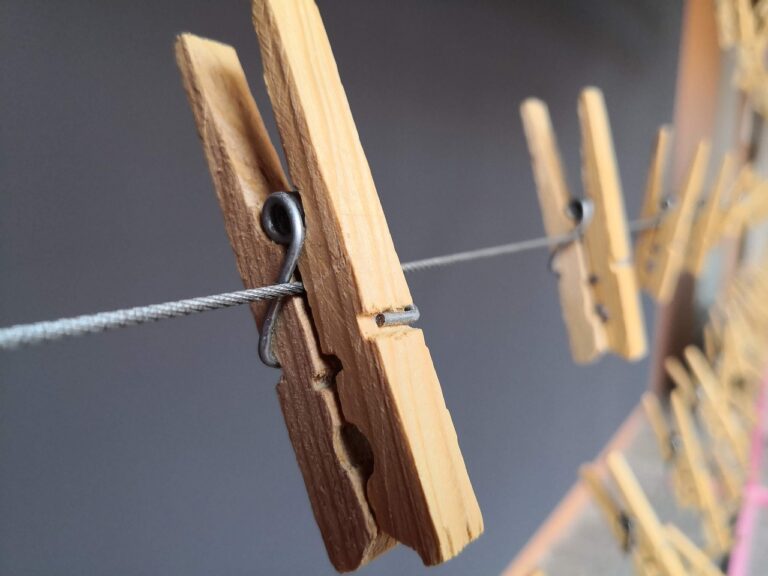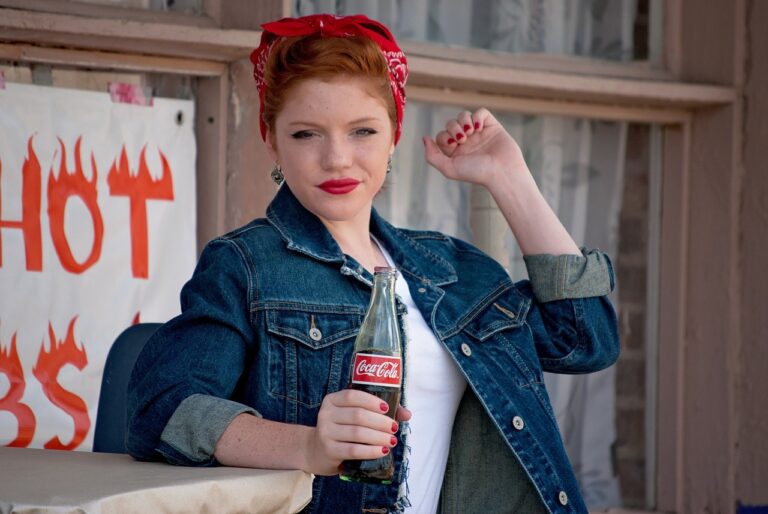Fashion Event Risk Assessment: Identifying and Mitigating Risks to Ensure a Safe and Successful Event: 11xplay reddy login password, Diamondexch9 id, Skyexchange id
11xplay reddy login password, diamondexch9 id, skyexchange id: Fashion Event Risk Assessment: Identifying and Mitigating Risks to Ensure a Safe and Successful Event
Planning a fashion event can be a thrilling experience, from selecting the perfect venue to curating an amazing lineup of designers and models. However, amidst all the excitement, it’s crucial to remember that organizing a fashion event comes with its fair share of risks. From potential safety hazards to financial setbacks, there are numerous factors that can affect the success of your event.
To ensure that your fashion event runs smoothly and without any hiccups, it’s essential to conduct a thorough risk assessment. By identifying potential risks early on and putting measures in place to mitigate them, you can help to ensure that your event is not only safe but also successful.
In this article, we will delve into the importance of fashion event risk assessment, as well as provide you with practical tips on how to identify and mitigate risks to ensure a safe and successful event.
Why is Fashion Event Risk Assessment Important?
Fashion events, like any other large-scale event, come with their own unique set of risks. From issues related to crowd management and security to potential health and safety concerns, there are various factors that event organizers need to consider when planning a fashion show or event.
By conducting a comprehensive risk assessment, event organizers can identify potential hazards and uncertainties that may arise during the event. This allows them to put measures in place to mitigate these risks and ensure the safety and well-being of attendees, participants, and staff.
In addition to ensuring the safety of all involved, risk assessment also plays a crucial role in safeguarding the reputation of the event and its organizers. By being proactive in identifying and mitigating risks, event organizers can minimize the likelihood of any negative incidents occurring during the event, which could potentially damage their brand and reputation.
Overall, fashion event risk assessment is a vital component of event planning that should not be overlooked. By taking the time to assess potential risks and put measures in place to address them, event organizers can help to ensure that their event is not only safe but also successful.
Identifying Risks in Fashion Events
When it comes to identifying risks in fashion events, there are several key areas that event organizers need to consider. From venue-related risks to those related to the event’s logistics and operations, there are various factors that can pose a threat to the success of the event. Here are some common risks to consider:
1. Venue-related risks: This includes issues such as inadequate facilities, poor lighting, faulty equipment, and accessibility issues that could hamper the smooth running of the event.
2. Crowd management risks: Fashion events often draw large crowds, which can pose challenges in terms of crowd control, security, and emergency evacuation procedures.
3. Health and safety risks: From potential accidents on the runway to health emergencies among attendees, there are various health and safety risks that event organizers need to be aware of and plan for.
4. Financial risks: This includes factors such as budget overruns, insufficient ticket sales, and sponsor withdrawals, which could impact the financial viability of the event.
5. Logistics risks: Issues related to transportation, accommodation, and communication can all impact the logistics of the event and potentially lead to disruptions.
6. Reputation risks: Negative publicity, poor reviews, and social media backlash are all risks that can affect the event’s reputation and future success.
Mitigating Risks in Fashion Events
Once potential risks have been identified, the next step is to put measures in place to mitigate them. Here are some practical tips on how to mitigate risks in fashion events:
1. Conduct a thorough risk assessment: Start by identifying all potential risks and uncertainties that could impact the event. This includes conducting site visits, reviewing contracts with vendors and suppliers, and assessing the event’s overall logistics and operations.
2. Develop a risk management plan: Once risks have been identified, create a detailed risk management plan that outlines how each risk will be addressed. This should include assigning responsibilities to specific individuals, setting timelines for implementation, and establishing communication protocols.
3. Implement safety and security measures: Take proactive steps to ensure the safety and security of all attendees, participants, and staff. This may include hiring security personnel, implementing crowd control measures, and conducting emergency drills.
4. Communicate effectively: Keep all stakeholders informed about potential risks and the measures being taken to address them. This includes attendees, participants, sponsors, and staff.
5. Monitor and evaluate risks: Throughout the event planning process, continue to monitor and evaluate potential risks. Be prepared to make adjustments to the risk management plan as needed to address any new or unforeseen risks that may arise.
6. Have a contingency plan in place: Despite your best efforts, some risks may still materialize during the event. Ensure that you have a contingency plan in place that outlines how these risks will be managed and mitigated in real-time.
By taking a proactive approach to risk assessment and mitigation, event organizers can help to ensure that their fashion event runs smoothly and without any major incidents.
FAQs
Q: What is the importance of conducting a risk assessment for a fashion event?
A: Risk assessment is crucial for identifying potential hazards and uncertainties that may arise during the event, and for putting measures in place to mitigate these risks and ensure the safety and well-being of all involved.
Q: How can event organizers mitigate risks in fashion events?
A: Event organizers can mitigate risks by conducting a thorough risk assessment, developing a risk management plan, implementing safety and security measures, communicating effectively with stakeholders, monitoring and evaluating risks, and having a contingency plan in place.
Q: What are some common risks to consider when planning a fashion event?
A: Common risks to consider include venue-related risks, crowd management risks, health and safety risks, financial risks, logistics risks, and reputation risks.
In conclusion, fashion event risk assessment is a critical component of event planning that should not be overlooked. By proactively identifying and mitigating risks, event organizers can help to ensure that their event is not only safe but also successful. By following the practical tips outlined in this article, you can help to minimize the likelihood of any negative incidents occurring during your fashion event and create a memorable experience for all involved.







